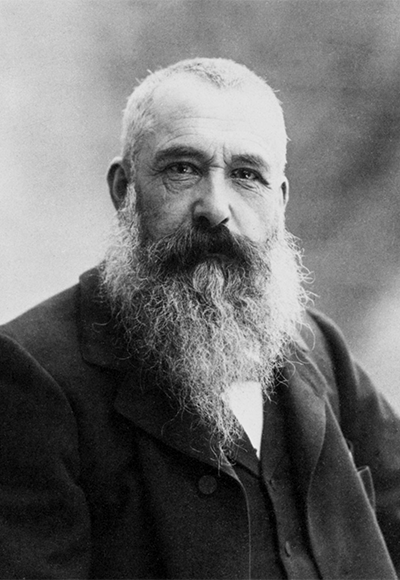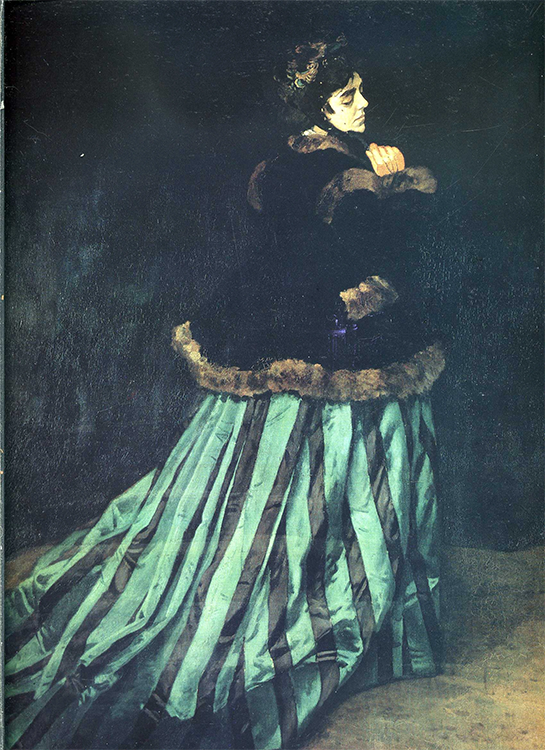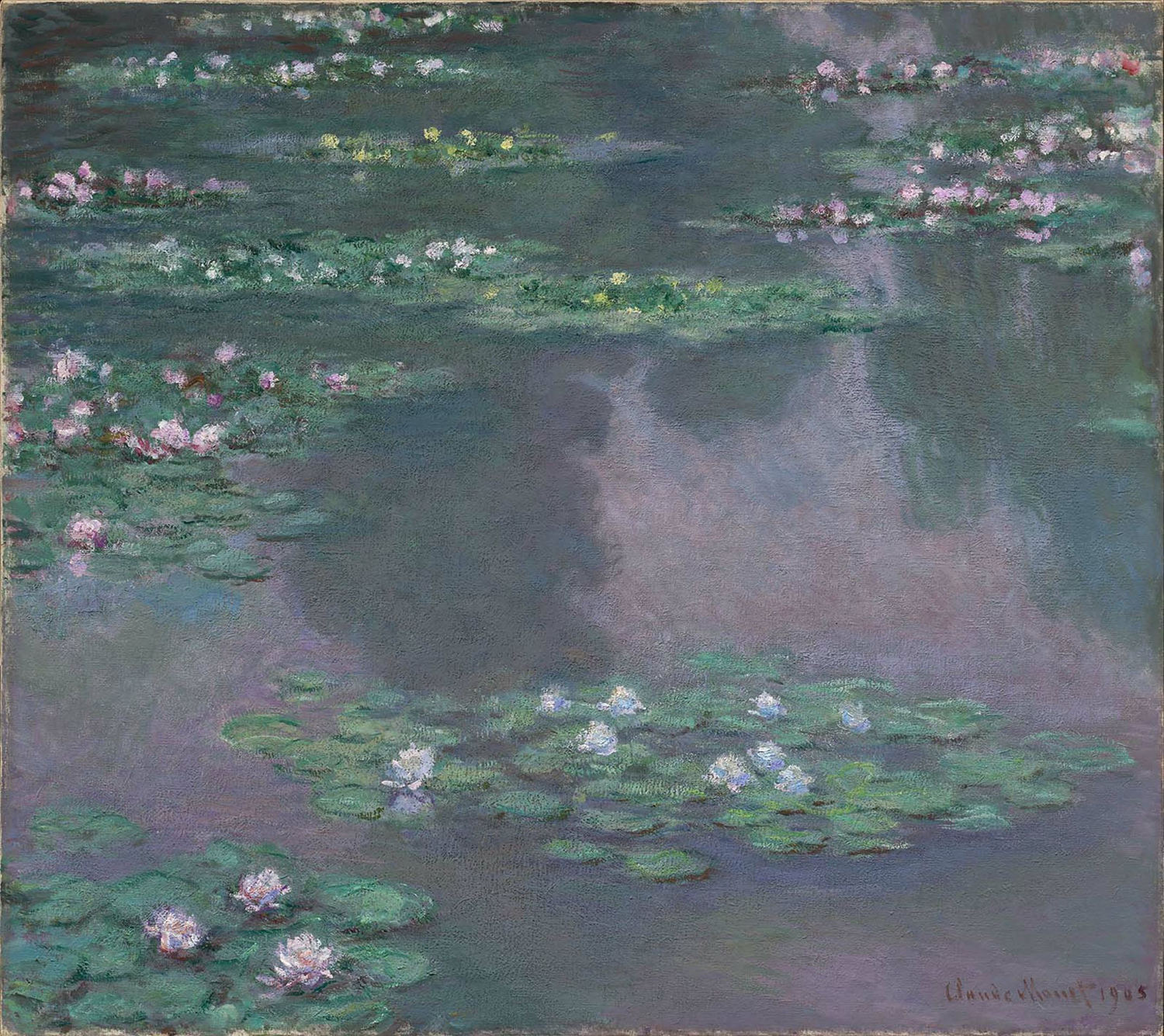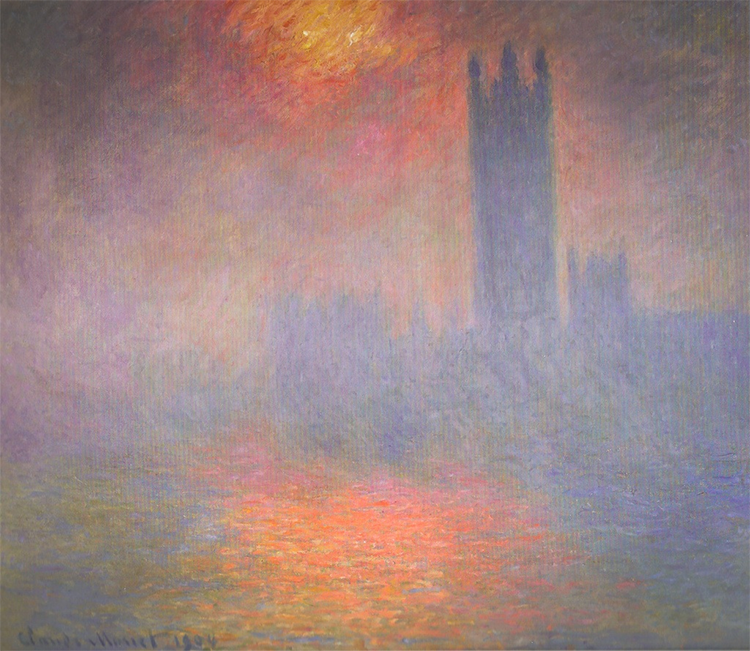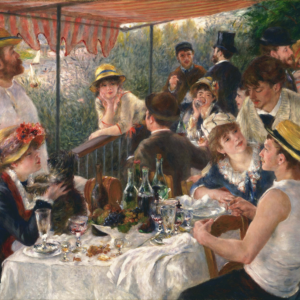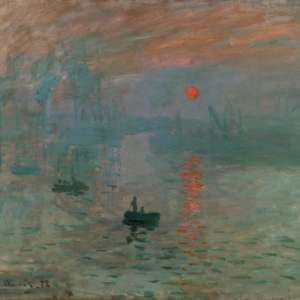Claude Monet
Claude Monet was a master of light and among the most revered of the impressionist painters. Indeed, his “Impression Sunrise” lent its name to the whole movement and helped define Impressionism with its gentle brush strokes and use of light.
Claude Monet was born in November 1840 in Paris. His family moved to Le Havre 5 years later and Monet entered secondary school there in 1851. There, he made extra money selling charcoal sketches to the locals. Later in 1856 he met artist Eugène Boudin who taught him how to paint.
Following the death of his mother in 1857, Monet moved to live with his aunt. He also started to visit Paris where he observed art students at the Louvre copying the old masters. Monet instead just opened his window and painted what he saw. Monet spent several years in Paris and met other painters there including Édouard Manet and others who would become friends and fellow Impressionists.
As fate would have it, Monet was drafted in 1861 for 8 years of military service to be served in Algeria He later that “the light and vivid colours of North Africa” set him on course for his future exploration of light. In 1862, he contacted typhoid and was sent on leave. His aunt at this time managed to get his exempted from future service if he enrolled in art school.
However, traditional art school did not sit well with Monet and instead he in 1862 started to study under Charles Gleyre in Paris. Here he also met Pierre-Auguste Renoir, Frédéric Bazille and Alfred Sisley, who shared his approach to art, through the style which was later to become known as impressionism. A few years later in 1866, Monet’s Camille or The Woman in the Green Dress (La femme à la robe verte), brought him his first recognition. The subject was his future wife Camille Doncieux.
Following the outbreak of the Franco Prussian war in 1870, Monet moved around for a while, living in England and Holland. He returned to France late the following year, and subsequently went on to paint Impression Sunrise there in 1872, depicting a landscape in Le Havre. On the subject of his art, Monet said
“I want the unobtainable. Other artists paint a bridge, a house, a boat, and that’s the end. They are finished. I want to paint the air which surrounds the bridge, the house, the boat, the beauty of the air in which these objects are located, and that is nothing short of impossible.“
Monet spend the last 30 years of his life painting mainly his garden in Giverny. Among his favorite subjects were the water lilies in the pond there. He painted these continuously, never losing his fascination with the subject. He painted them under different lighting conditions, in different seasons and even with different eye sight (pre and post cataract). With age, Monet also contacted cataracts which changed his perception of colors. This is turn means that the colors used in later Water Lily paintings differ significantly from the colors in earlier works due to his changed perception of colors.
His water lilies series are today seen as a study in light. In total, Monet produced around 250 different water lily paintings in his garden in Giverny. They remain among his most beloved paintings to this day.
At one occasion, Monet expressed his philosophy as follows:
“Everyone discusses my art and pretends to understand, as if it were necessary to understand, when it is simply necessary to love”
Giverny
Monet’s wife Camille Doncieux died of tuberculosis in 1879, and Monet was stricken with grief. Monet eventually found love again with Alice Hoschedé, and they eventually settled together in Giverny. Monet began to systematically paint the same subjects under different light conditions. The first subjects were the haystacks behind his house. As the light changed during the day faster than he could paint, he worked simultaneously on several canvases. At the end he had painted 25 different versions of the hay stacks.
More of the series paintings followed – the Rouen Cathedral, views of Venice or the Thames in London with the Houses of Parliament and other landmarks in London – often in the fog. When he painted in London in 1899 he said:
“Without the fog, London would not be a beautiful city.”
Claude Monet died of lung cancer in 1926. He was 86 years old. He is buried in the cemetery in Giverny. Monet’s Le bassin aux nymphéas from the water lilies series was sold at Christie’s in June 2008, for £40,921,250 ($80,451,178) setting a new auction record for the artist.

